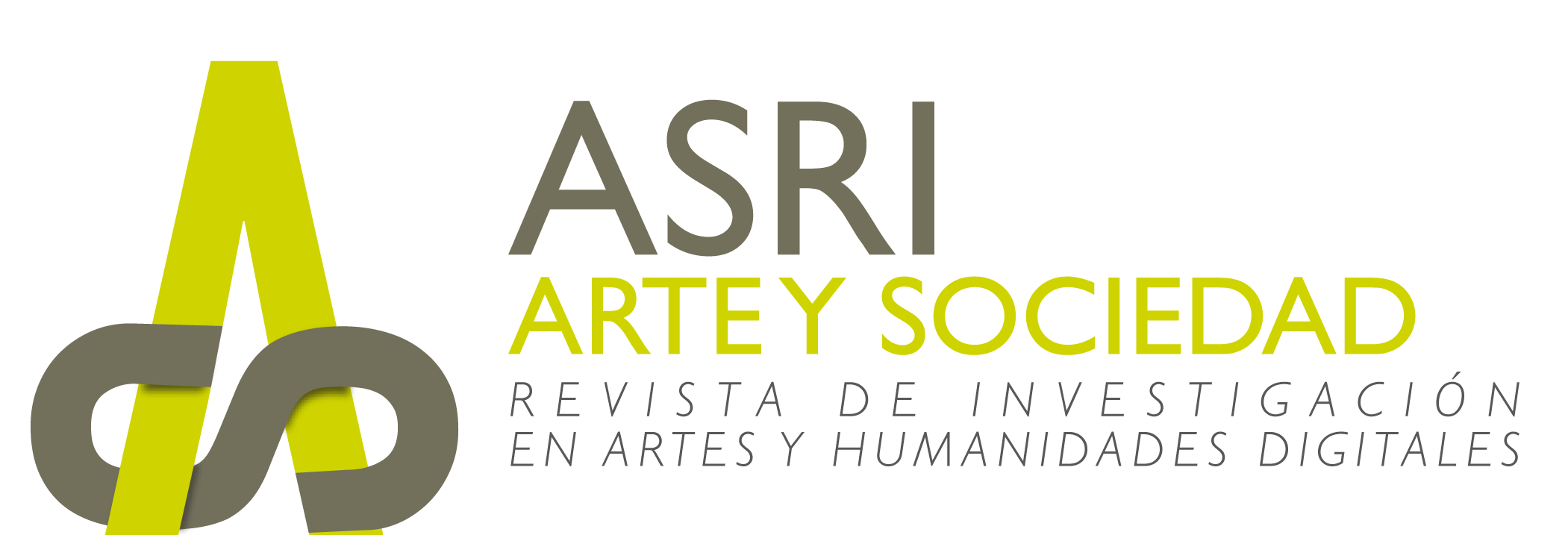
|
PAISAJES PERDIDOS DE UN NORTE Y SUR IMAGINARIOS
Luis Castelo Sardina
Universidad Complutense
Resumen
La introducción de programas informáticos de generación de paisajes en 3D elimina la histórica relación con el referente. Establezco paralelismos entre la creación del paisaje romántico del siglo XIX por parte de los pintores, junto con los fotógrafos que abordan el tema de lo sublime en el paisaje desde los orígenes de la fotografía a la actualidad, y los someto a una comparación con la realidad generada a través de procesos informáticos para la creación de paisajes y territorios. Estas nuevas realidades sintéticas e hiperrealistas sustituyen la forma de relacionarnos tradicionalmente con el paisaje. Lo digital se transforma en incorpóreo, cuestionando el testimonio de los sentidos.
Palabras Clave
Paisaje, Arte generativo, fotografía, 3D.
Abstract
The introduction of 3D landscape software eliminates the historical relationship with the reference. I draw parallels between the creation of the romantic landscape of the nineteenth century by painters, together with photographers who approach the subject of the sublime in the landscape from the origins of photography to the present, and submit them to a comparison with reality generated through computer processes for the creation of landscapes and territories. These new synthetic and hyperrealistic realities replace the traditional way of relating to the landscape. The digital becomes disembodied, questioning the testimony of the senses.
Keywords
Landscape, Generative Art, photography, 3D.
Cómo citar este artículo
Castelo, Luis 2019. “Paisajes perdidos de un Norte y Sur imaginarios.” en: Zarza Núñez, T. & Sánchez-Moñita, M. (Eds.). Los Flujos de la imagen. ASRI. nº 17: 226-.247. Eumed.net-URJC
Recuperado de https://www.eumed.net/rev/asri/17/arte-generativo.html